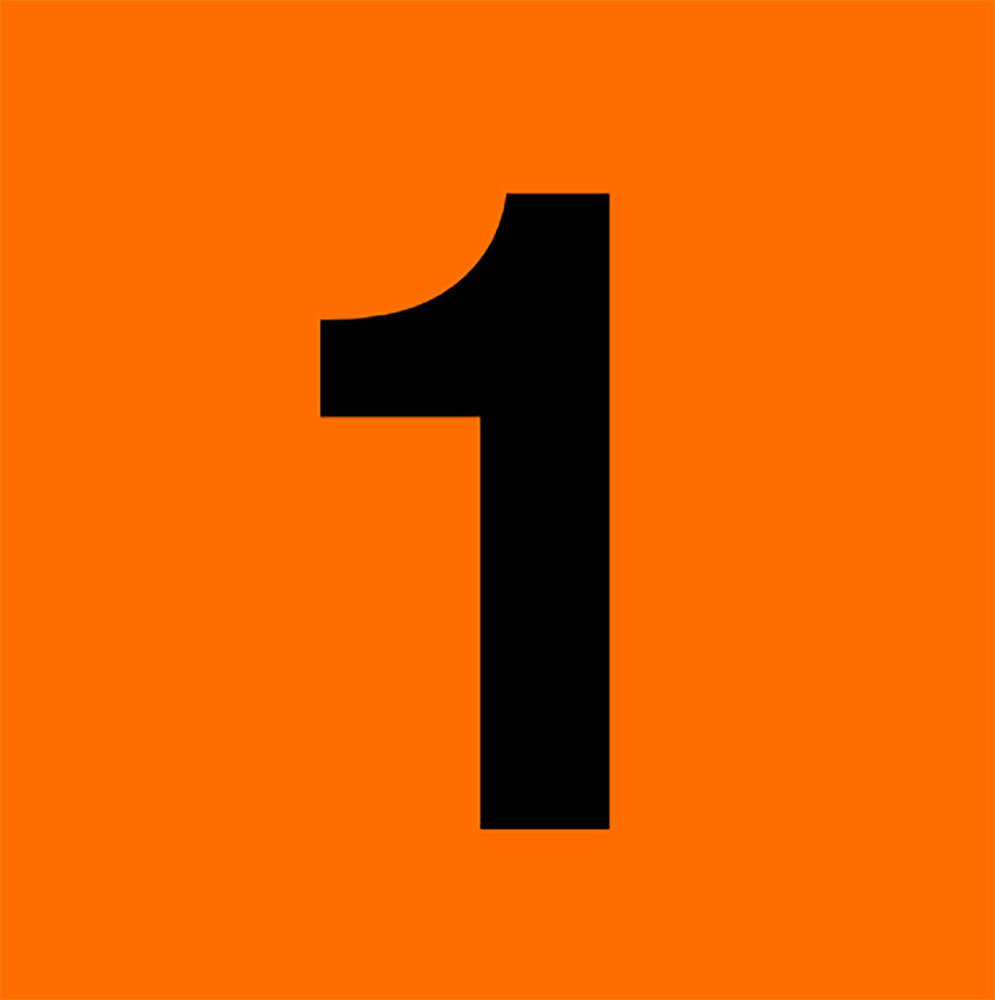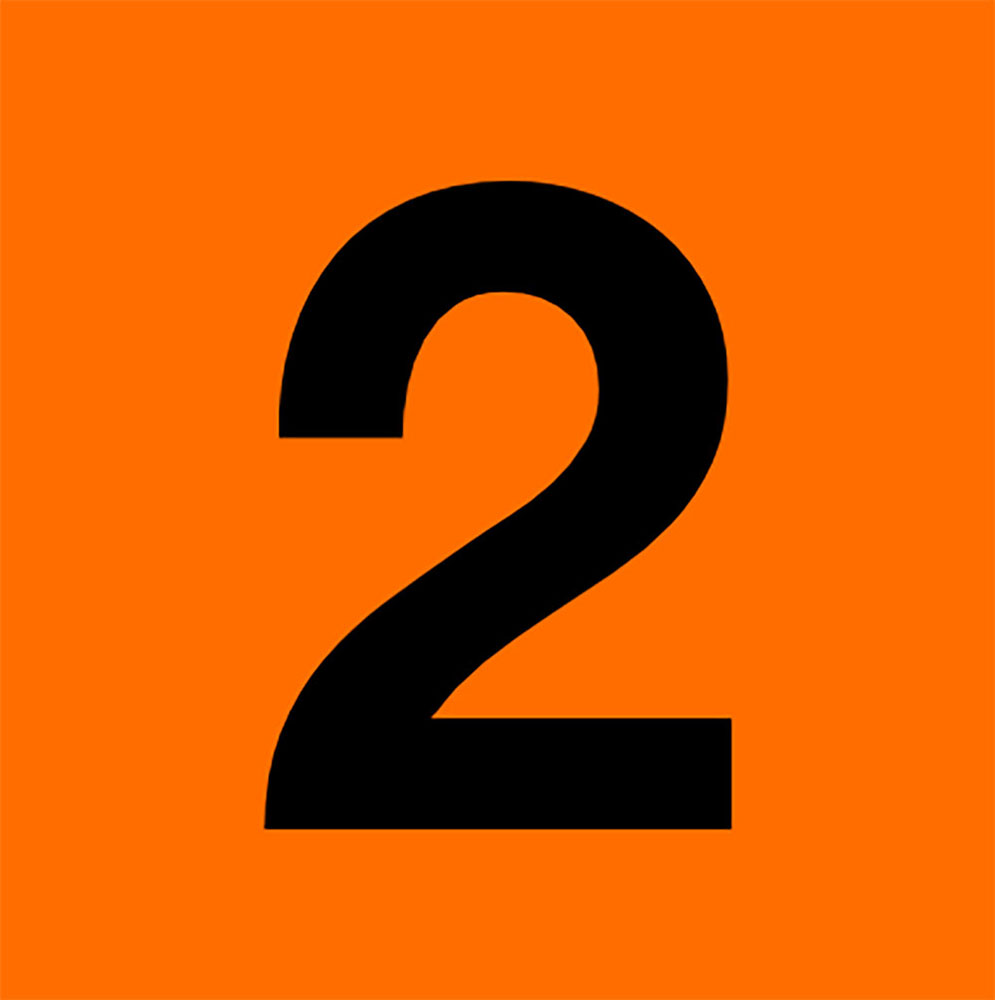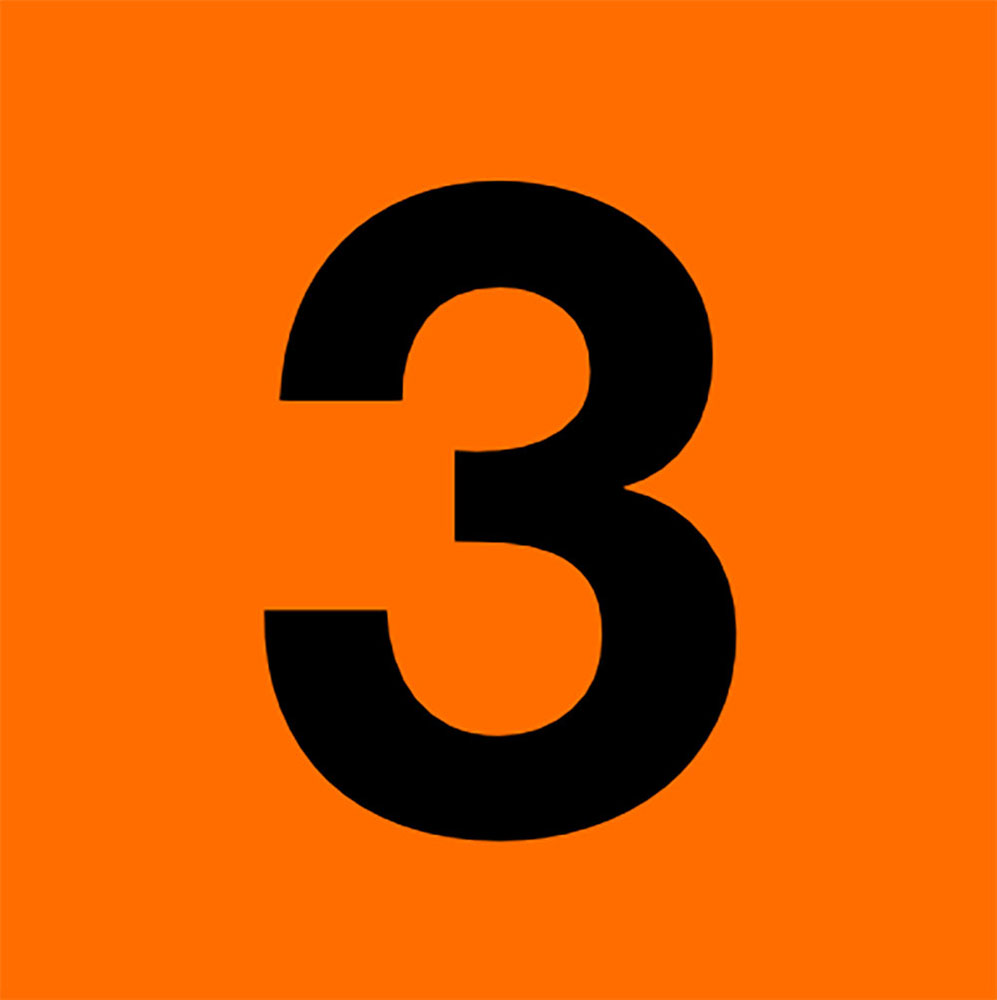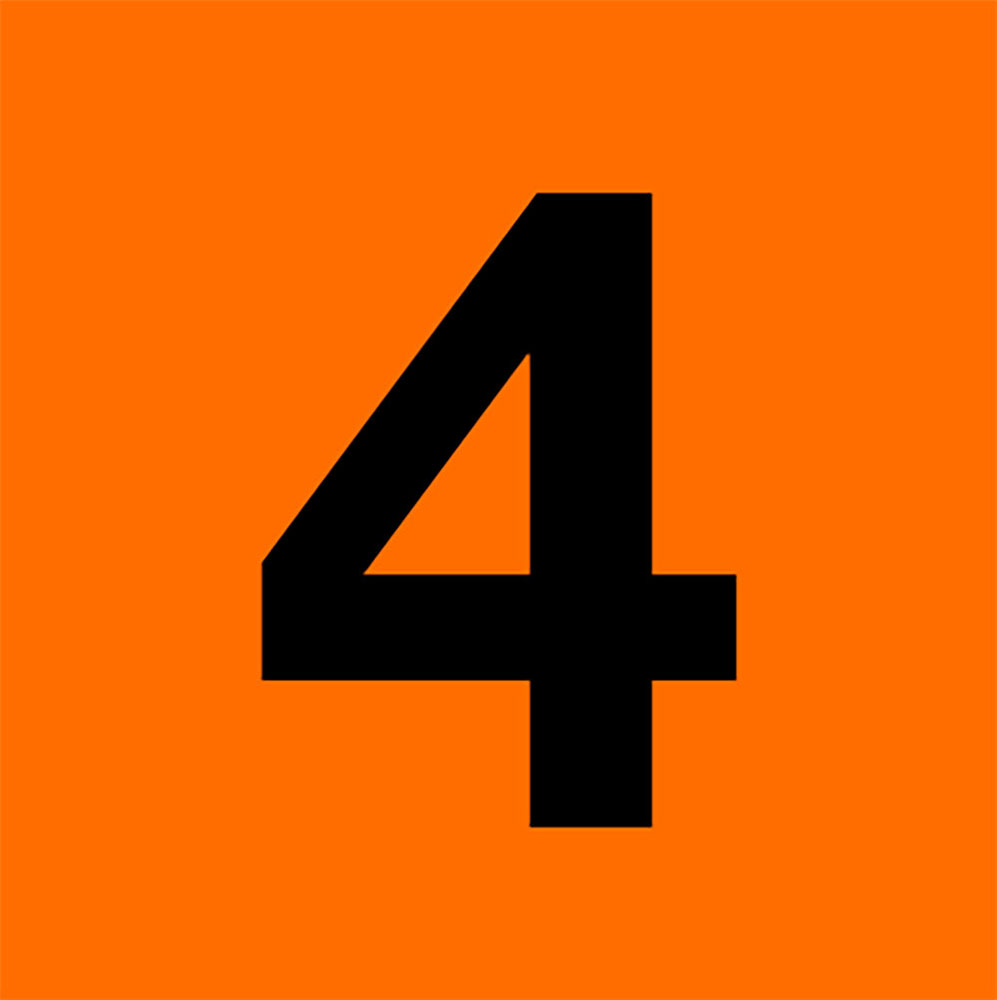This guide introduces three organ systems: skeletal, muscular, and cardiovascular.
Video Overview
Watch this introduction video. You can select “cc” to see the text.
Movement Guide Contents
Complete all four of these sections before taking the quiz and submitting your two journal pages.
Guide 2 Movement Objectives
This guide’s quiz has four questions; one matching each objective.
Skeletal System
Provide examples of different organ systems, including the hierarchy of organ system, organ(s), tissues, and cells; describe skeletal system structures and functions, including the system’s organs, tissues, and cells; and identify various bone disorders, including the organ that is impacted.
Muscular System
List and describe basic muscle system structures and functions, including the basic microanatomy of “bundle within bundle” structure; describe the functional difference between a tendon and a ligament and explain why both are hard to heal; and describe the impact of aerobic and anaerobic strength-training exercises on skeletal muscles.
Cardiovascular System
Label the structures of the heart, including the chambers, coronary vessels, and cardiac cells and explain what occurs in a “heart-beat;” describe the structures and functions of arteries, veins, and capillaries and their relationship to blood pressure; and list the various blood components, including the relative amounts and roles of red blood cells (RBCs), white blood cells (WBCs), and platelets.
Cardiovascular Disorders
Describe various vascular diseases, including hypertension, hypotension, strokes, and atherosclerosis; explain what is occurring to the heart in a myocardial infarction, a heart murmur, congestive heart failure, and arrhythmias; and list the types of information provided in CBC and CS blood tests.




